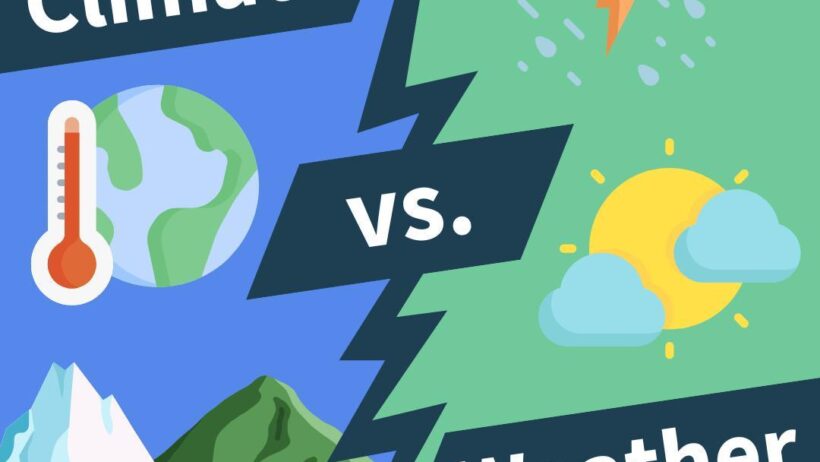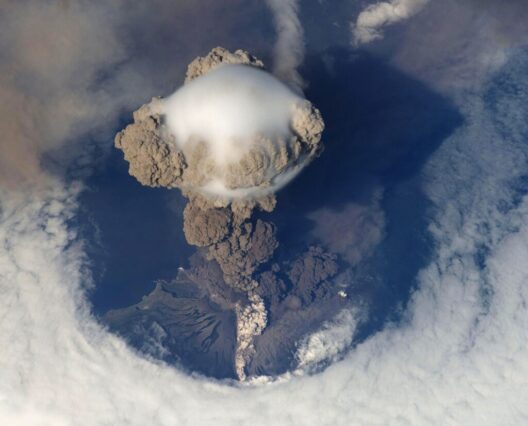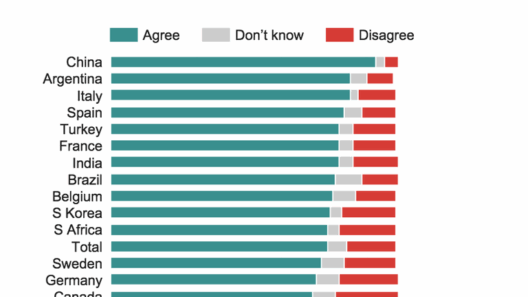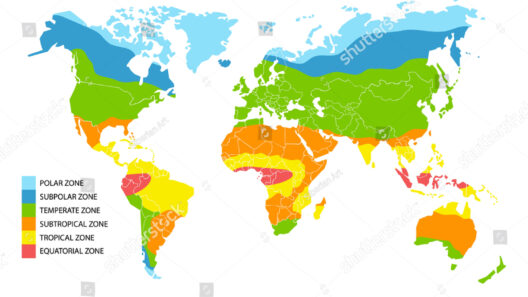In the complex world of meteorology, two terms often get conflated: climate and weather. While many individuals use them interchangeably in casual conversation, doing so obscures critical distinctions that have profound implications for understanding our planet’s future. This essay will delineate the differences between weather and climate, elucidate why such differences matter, and challenge the reader to reconsider their perceptions of these crucial environmental concepts.
Essentially, weather refers to the short-term atmospheric conditions in a particular area. It encompasses a vast array of phenomena, including temperature, humidity, precipitation, visibility, and wind conditions, typically gauged over hours, days, or up to a week. Imagine stepping outside and encountering a balmy day or an unexpected downpour; that’s weather at play—a fleeting snapshot of the atmosphere’s mood. Weather changes at a rapid pace; a sunny morning can culminate in a thunderstorm by afternoon.
On the opposing end of the spectrum lies climate, which represents the long-term average of weather patterns in a specific region over extended periods, typically measured in decades or centuries. Climate provides a more stable landscape of expectation; it dictates, for instance, that equatorial regions experience warm temperatures year-round, while polar regions are frigid, relying on averages rather than day-to-day variations. It’s the upsurge of warmth in winter or the unpredictability of rain during a given season that falls under the dominion of climate.
To grasp these concepts intuitively, consider the analogy of a person’s mood versus their personality. Just as someone’s mood can shift rapidly—swayed by various external influences—so too does weather fluctuate, a reflection of immediate conditions. Personality, however, embodies the broad, enduring traits that characterize an individual over time. Similarly, climate is a synthesis of the long-standing weather patterns that shape our environmental identity.
Understanding the difference between these two terms is not merely a matter of semantics; it carries considerable weight in the discourse surrounding climate change. The singular focus on weather phenomena can often lead to misconceptions about climate stability. A record-breaking cold snap may provoke doubts about global warming, while hot summers could reinforce climate change narratives. Herein lies the crux of the issue: climate is the aggregate, the longer-term trend, while weather denotes the transient fluctuations, which can mislead public perception and policy.
The ramifications of conflating climate and weather are consequential. Policymaking grounded in misconstrued data can incite inadequate responses to climate change challenges. When legislative frameworks fail to incorporate long-term climate projections in favor of immediate weather reports, the responses to climate disruptions may lack effectiveness. This can result in larger societal implications, particularly for vulnerable populations who are disproportionately affected by climate change. The need for informed action and systemic adaptability is evident.
Additionally, the scientific community’s communication strategies often perpetuate this confusion. Meteorologists and climate scientists may utilize their respective terminologies in specific contexts, yet the nuances often elude the layperson. The phenomenon of ‘climate denial’ can frequently stem from a misunderstanding of weather events—a statistical outlier exploited for ideological purposes. The media, seeking sensationalist headlines, amplifies individual weather occurrences without connecting them to overarching climate trends. As a result, public discourse can become mired in confusion and misunderstanding, hindering effective action against the impending climate crisis.
Moreover, there exists a sociocultural dimension to this discourse. The varying experiences of individuals based on geography and socio-economic status can shape their understanding of climate and weather. For instance, inhabitants of arid regions may exhibit a profound understanding of drought—a climatic condition—whereas those in temperate climates may emphasize day-to-day weather variability. Addressing the disconnect requires fostering a more uniform understanding of climate science across diverse socio-economic and geographical contexts. This necessitates educational initiatives tailored to elucidate climate literacy, thereby equipping individuals with the knowledge to comprehend these critical distinctions.
In tandem with this educational push is the inherent responsibility of engaged citizens in confronting these complexities. Individuals must cultivate a critical mindset that challenges prevailing narratives and seeks substance beyond sensationalized headlines. Personal actions, when multiplied across communities, can sow seeds of resilience against the ravages of climate change. By advocating for thoughtful responses to climate trends rather than weather anomalies, individuals can contribute to a more informed citizenry.
As the climate crisis escalates, grappling with the interplay between climate and weather becomes ever more vital. The dialogue surrounding climate action must evolve beyond immediate weather events and address the underlying, longer-term climatic shifts. Climate change manifests not just as sporadic intensification of weather phenomena but is a pervasive trend that alters ecosystems, economic systems, and human health.
In conclusion, the distinction between climate and weather encapsulates a critical understanding needed in today’s complex environment. Weather may capture our immediate attention, yet it is the climate—evidence of long-term transformations—that fundamentally reshapes our world. By acknowledging these differences and advocating for informed discussions, we can promise a shift in perspective that facilitates not only understanding but actionable responses to one of the most pressing issues of our time. It is within this shift that curiosity is piqued, urging us to delve deeper into the intricate threads that weave the fabric of our planet’s future.








